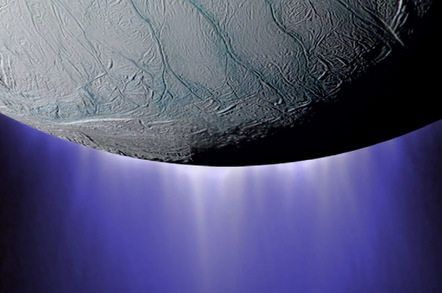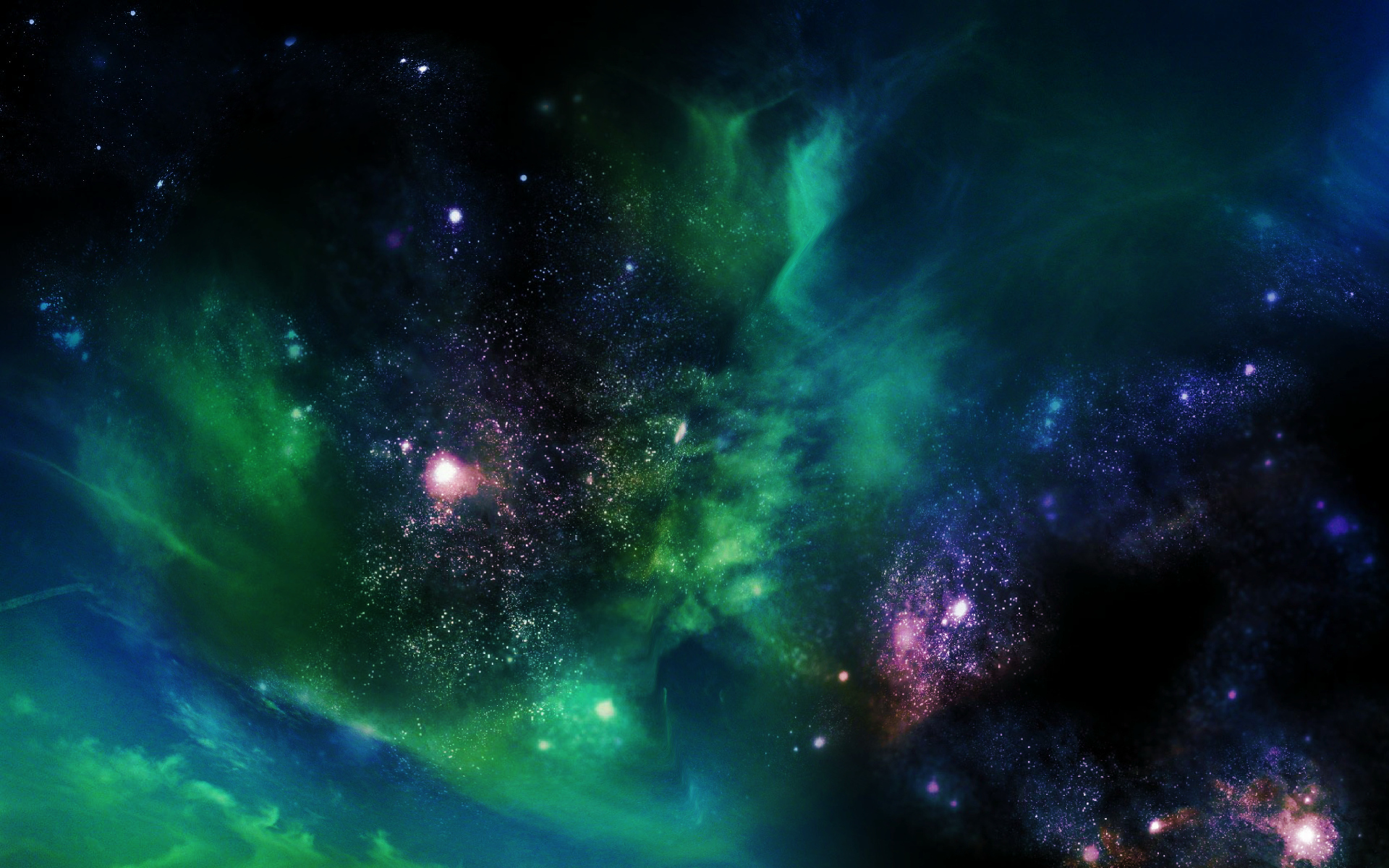
A team of scientists have performed an intensive investigation of Ryugu samples, discovering evidence that points to cometary organic matter being transported from space to the near-Earth region.

A study zooms in on data that NASA’s Cassini gathered at Saturn’s icy moon and finds evidence of a key ingredient for life and a supercharged source of energy to fuel it.

Researchers poring over imagery and data from the Perseverance rover on Mars have found evidence of organic molecules in the planet’s Jezero Crater, potentially providing evidence of the planet’s carbon cycles and its ability to host life.

Rock samples from the Jezero crater analyzed by NASA's Perseverance Mars rover show evidence of liquid water and signatures that could be organic compounds.

In 2014, the Japanese Space Agency JAXA launched the Hayabusa 2 spacecraft to visit asteroid Ryugu. It arrived at the asteroid in June 2018 and studied it from orbit for over a year.

A UK team of scientists found organic material and water in a sample of Itokawa, the asteroid the first Hayabusa mission visited over 10 years ago.

The molecules were extracted by the Curiosity rover from a mudstone section of the Gale Crater. Scientists have concluded that we can't rule out those molecules actually have a biological origin.

Geologists in France and Italy have spotted what appear to be organic molecules from outer space in 3.3-billion-year-old rocks in South Africa, according to a new study.

Using mass spectrometry data from NASA's Cassini spacecraft, scientists found that large, carbon-rich organic molecules are ejected from cracks in the icy surface of Saturn's moon Enceladus.

A new analysis of data from NASA's Dawn mission suggests that organic matter may exist in surprisingly high concentrations on the dwarf planet's surface.